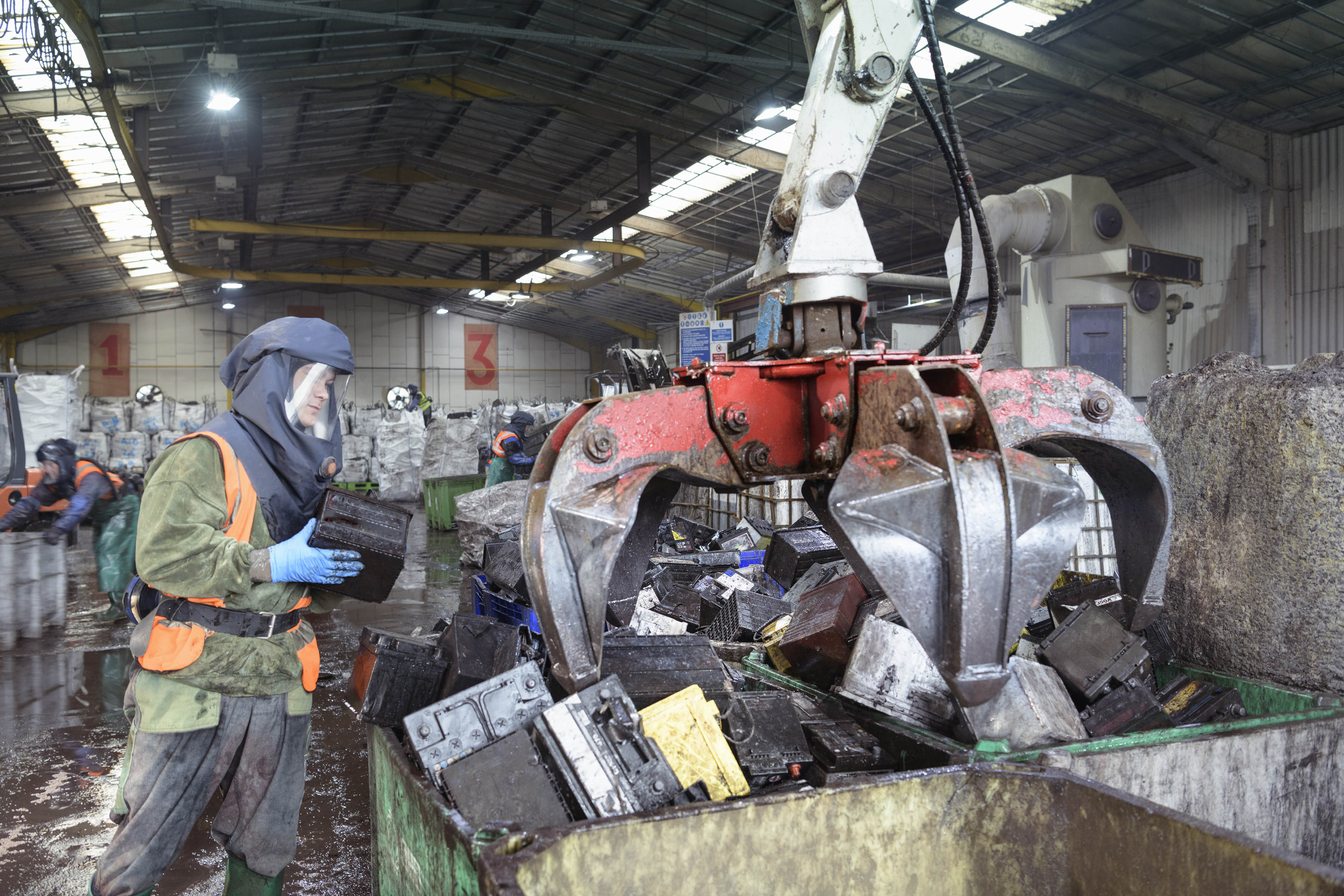Treating sustainability as a new theme to be integrated into corporate strategy development and implementation across all functions of a company is a more effective path. The alternative –addressing sustainability issues through a dedicated function — is at best a stepping-stone, as sustainability considerations are then often seen by core business functions as an add-on.
The question for CEOs is whether their strategy makes the most of the market, technology, customer and regulatory trends created by sustainability imperatives: this approach will find and deliver new sources of value and advantage.
A sustainability-driven strategy refresh should enable both a healthier environment and a better, more resilient business. To achieve this, CEOs need to combine the art of crafting superior strategies with an in-depth understanding of how sustainability factors will change the way businesses prosper or fail. Joining sustainability and strategy development is the next evolution of both.
There are three major ways to trigger this evolution:
1. Reframe business-defining questions with an integrated sustainability lens
CEOs must think about updated variations on classic, top-level strategy questions:
- Is my purpose the best possible fit with competing stakeholder demands?
- How will current and adjacent value pools evolve as customers and suppliers increase their focus on sustainability?
- How will my competitive position change as externalities are priced into the economics of our business, and that of our competitors?
- As sustainability plays out in my industry, how should I position my strategy and portfolio for maximum advantage?
- Which set of strategic initiatives, and therefore investment focus areas, generate the right balance of financial, social and other outcomes to deliver on stakeholder expectations?
- How do I make sure these choices are integrated into my organization, making my choices stick?
CEOs may find some of these questions easier to answer than others, but ultimately they need to fit together in an internally consistent way. They also need to be adapted into specific versions for business units or sectors within a portfolio.
2. Test key choices top-down and bottom-up
CEOs can also ensure strategic choices explicitly include sustainability imperatives. Both bottom-up and top-down approaches can help here.
From the top down, it can be helpful question to ask: “How will increased sustainability modify or create new strategic drivers?” Rather than treating sustainability as a separate strategic theme, CEOs can test existing strategic themes for compatibility with increased sustainability.
This can be achieved by:
- Moving from climate scenarios that capture climate risk to embedding climate elements in strategy scenarios
- Scanning for sustainability-driven product innovation as part of competitor, or other strategic, diagnostics
- Tailoring customer research agendas to test hypotheses about critical sustainability issues and solutions
- Understanding how increased sustainability is being applied as a driver of innovation approaches
Answers to these questions can provide insights as to how industry value chains or ecosystems are likely to evolve as sustainability has greater influence.









